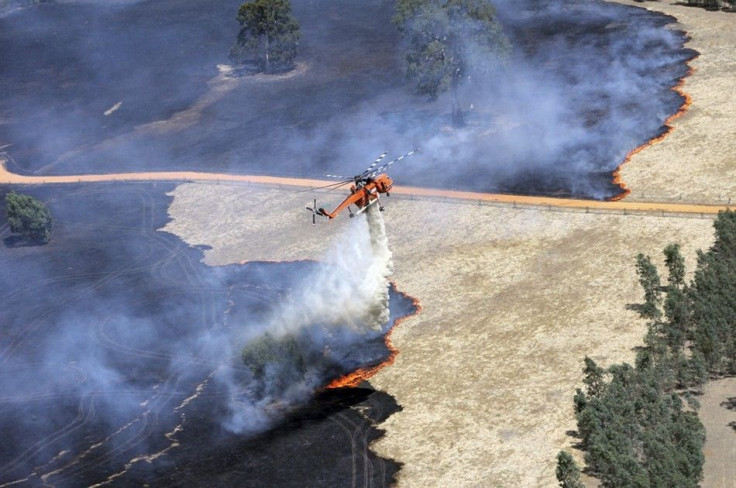New Research Explains Why Australia Has More Droughts

Researchers from the Australian National University have discovered the reason why Australia keeps recording droughts, while Antarctica remains colder. The study, published in Nature Climate Change, found that rising levels of carbon dioxide in the atmosphere were strengthening the winds in the Southern Ocean which usually bring rain to Southern Australia. However, the carbon dioxide has pushed the winds closer to Antarctica.
Lead researcher Nerilie Abram from the ANU Research School of Earth Sciences said the findings of the study helped explain the reason why Antarctica is not getting warmer as much as the Arctic. The same findings also reveal why Australia continues to experience more droughts.
Dr Abram said global warming is helping Antarctica "steal" rainfall from Australia. He said the findings were not good for Australia as the increase of greenhouse gases in the atmosphere will only result in fewer storms in the country.
Dr Abram went on to explain that as westerly winds begin to tighten, more of the cold air will be trapped over Antarctica. Most of the continent remains cold but glacier retreat, ice shelf collapses and the rapid rise in summer ice melt were being observed in the Antarctic Peninsula.
The co-authors of the study, Dr Robert Mulvaney and Professor Matthew England, said the findings of the study had also helped answer climate change questions in Antarctica.
El Niño may prolong droughts
Australia's weather bureau has issued an alert for a significant El Niño event in July. Climate researchers have been seeing the start of what is described as the "most powerful El Niño" event since 1997 and 1998. An El Niño is a phenomenon in the atmosphere and Pacific Ocean. Extreme weather events in Australia like droughts and bushfires are caused by changes in temperature in the Indian Ocean.
Research has shown that an El Niño event can increase the global average temperature to 0.1 to 0.2 degrees Celsius. According to Live Science, this is one of the reasons why many climate scientists are concerned about the possibility of another strong El Niño.
Climate scientists have already detected a spike in sea temperatures in the Pacific Ocean. The sudden rise in temperature has sparked fears of a strong El Niño event in the next few months.






